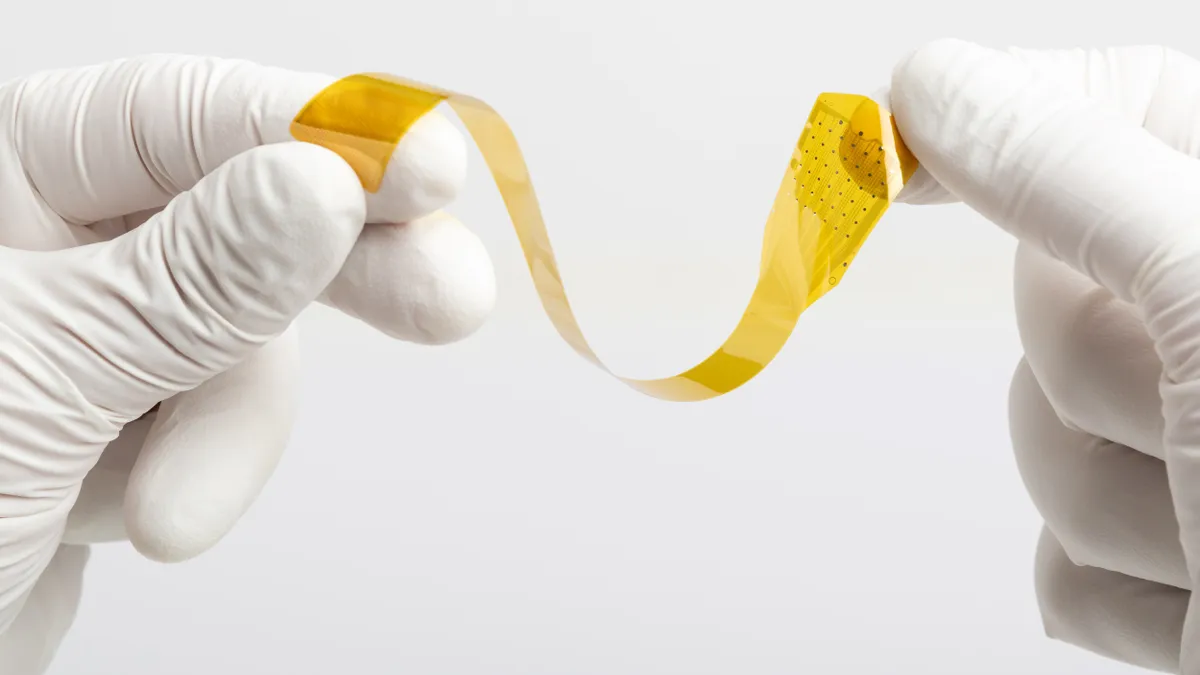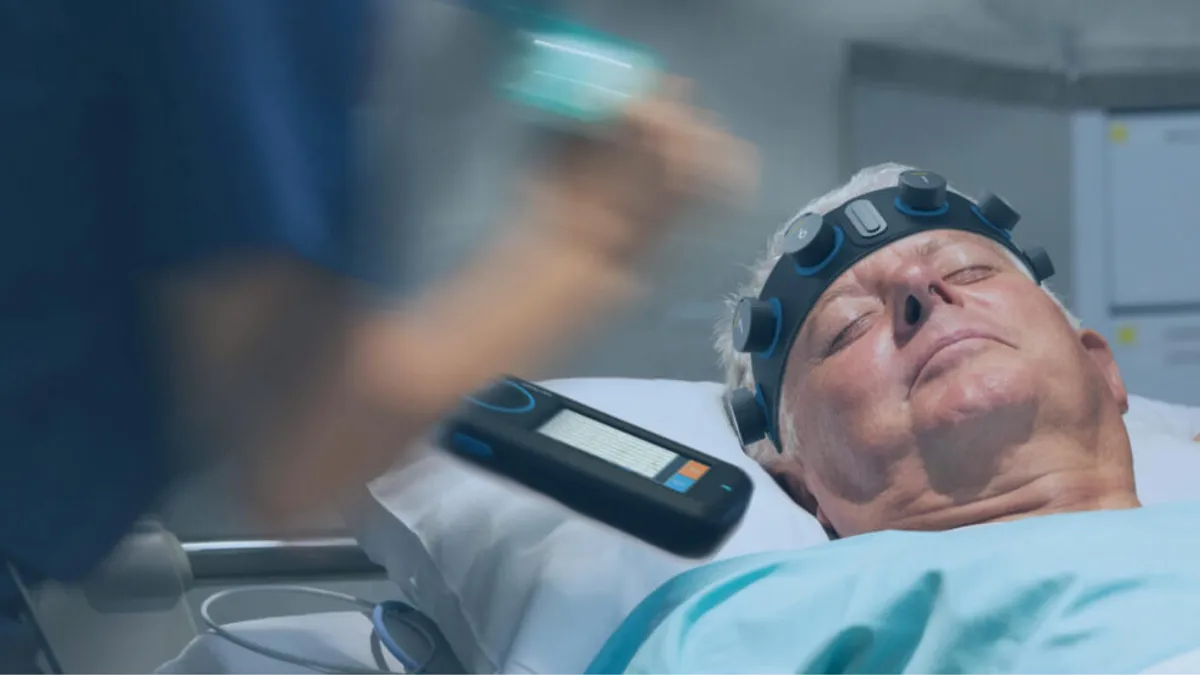After a one-year delay and much hand wringing by industry, the European Union's new Medical Device Regulation will come into force on Wednesday. Device makers have resolved some of the near-term pressures but still face a range of uncertainties and potential problems hovering on the horizon. Below are five key questions as the regulation goes into effect.
Are enough notified bodies certified?
The European Commission's Nando database currently lists 20 notified bodies designated under MDR. Fifty notified bodies are designated under the outgoing Medical Device Directive. Factoring in the four IVDR notified bodies brings the total number of organizations cleared under the incoming regulations up to 24.
Many of the MDR notified bodies only secured their designations in the past 18 months. Having aimed to have 20 notified bodies in place by the end of 2019, the Commission ended the year with nine for MDR and three for IVDR. The current impact of notified bodies designated in the run up to MDR will be limited, given conformity assessments take months to complete.
Yet, there is evidence that the industry has averted a near-term crisis. In the last three months of 2020, manufacturers took advantage of the opportunity to recertify their medical devices under the outgoing directives, thereby delaying the need for MDR certification until 2024. Surveys of notified bodies by trade group Team-NB found the number of MDD certificates due to expire in 2024 rose from 7,272 in September to 9,953 in December.
The flurry of MDD recertifications bought the industry time but, as Team-NB has warned, there is a risk that the flood of certificate expirations in 2024 will overwhelm the capacity of notified bodies to process MDR applications and cause product shortages. The number of 2024 expirations has risen by 37% since Team-NB issued that warning.
Another question on the Team-NB survey illustrates how much work notified bodies need to do by 2024. Notified bodies reported 17,383 MDD certificates, compared to just 181 MDR certificates. The trade group said the finding shows only 1% of MDR certificates have been issued. A further 10% are at the application stage, mostly in the certification process. The inability to agree on a harmonized EU approach to remote MDR audits is currently hindering efforts to process applications.
What's the latest with IVDR?
The challenge of transitioning from MDD to MDR by 2024 is compounded by the overlap with IVDR. While the EU pushed back the MDR date of application by one year in response to COVID-19, it left the 2024 expiration date for MDD certificates and the timelines for IVDR unchanged. The approach prevented a crisis in May 2020 but, in the view of MedTech Europe, "amplifies the already existing bottleneck in resources."
Additional MDR and IVDR capacity is coming. The Commission had 32 outstanding MDR applications and 10 outstanding IVDR applications as of March 4. One of the outstanding MDR applications has since been completed and the notified body added to Nando.
However, many of the applications are still early in the process. Excluding the notified bodies now in Nando, the Commission had completed on-site joint assessments of 20 notified bodies under MDR and 3 notified bodies under IVDR by March 4. None of the IVDR notified bodies had completed the review of their corrective and preventive actions (CAPA) by the joint assessment team. Eight of the MDR notified bodies had reached that stage.
Progress between the stages can take months. The number of notified bodies to reach the CAPA review stage actually fell between December 2020 and March 2021 because of the withdrawal of U.K. organizations and the lack of progress elsewhere.
Are there any loose ends related to Brexit?
The Brexit-enforced removal of U.K. notified bodies from the European pool was one of several ways the vote to leave the EU is complicating MDR. Under the original MDR timeline, the regulations would have taken effect before the U.K. completed its separation from the EU at the end of 2020. As such, MDR would have automatically applied in the U.K.
Delaying the MDR date of application until 2021 moved the regulation outside of the scope of the EU Withdrawal Agreement Act. MDR will therefore not be implemented in England, Scotland and Wales, known collectively as Great Britain.
However, the terms of the Brexit agreement leave Northern Ireland, the fourth jurisdiction in the U.K., subject to EU law. The upshot is MDR and IVDR will apply in Northern Ireland and will need to coexist with the regulatory environment the U.K. government is creating through the Medicines and Medical Devices Bill.
The Medicines and Healthcare products Regulatory Agency has shared details of the effects of the divergence of the regulatory requirements within the U.K. on device manufacturers. However, the real-world impact will only become clear with time.
Switzerland is also set to become a so-called EU third country in the context of medical devices amid the ongoing inability of politicians to reach a deal. In that scenario, Swiss companies will need a representative in a member state to access the EU.
What's the status of the Eudamed modules?
The Eudamed database was originally supposed to be ready by the time MDR went live in 2020 but the Commission delayed its introduction by two years back in 2019. Even after the MDR delay, the regulation is still taking effect before the availability of database modules central to the management of many of the requirements it imposes.
Eudamed modules are coming online as they are ready. The module on actor registration went live in December and two modules on UDI/device registration and certificates and notified bodies are set to be ready by September. The Commission is yet to share details of when the other three modules, which cover clinical investigations and performance studies, vigilance and post-market surveillance, and market surveillance, will be ready.
What else still needs to be resolved?
MDR is happening but Eudamed modules are far from the only pieces of the puzzle that will arrive after the date of application. The implementation rolling plan, which was last updated in April, shows harmonized device standards and common specifications for products without a medical purpose are yet to be established. Both sets of materials are due by the third quarter.

















